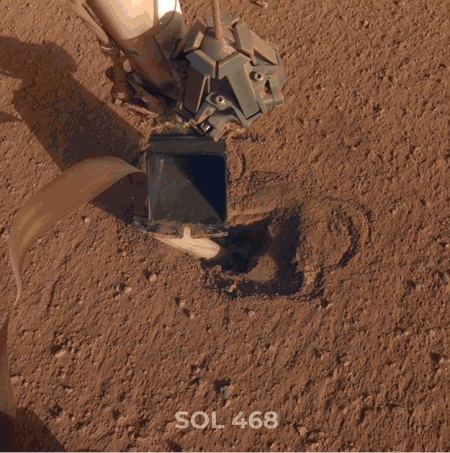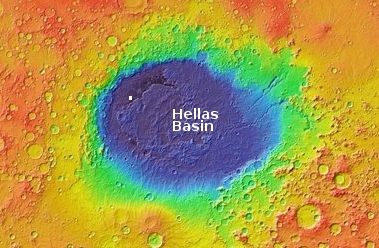New data suggests COVID-19 is weakening in deadliness
New research, as well as impressions from scientists in a number of locations worldwide, is suggesting that the Wuhan flu is becoming with time a less lethal disease, mimicking behavior seen previously with other similar coronaviruses.
[S]everal …American scientists, including some at Arizona State University, announced findings in May that could bolster claims that the virus is less deadly than it once was.
The scientists at ASU said that they had detected a gene deletion in one sample from several hundred Arizona patients that potentially reduced the fitness of the disease. Notably, they claimed it was similar to a deleted sequence observed in the 2003 SARS virus that was observed near the end of that disease’s epidemic—possibly signaling that COVID-19 may be bound for a similar fate.
Those conclusions were echoed by scientists in Spain this week, who proposed that COVID-19 may have adopted what the researchers call a “don’t burn down the house” strategy, “reducing the severity of the infection and tissue damage without losing transmission capability.” In effect, the disease could be opting to become less lethal so that it can spread more easily—a hallmark of evolutionary behavior, and also a boon for anyone who gets infected with the milder strain.
Meanwhile, the evidence continues to suggest that the overall mortality this year is not significantly different than other years, and that the Wuhan flu “isn’t much worse than than a bad seasonal flu.”
Finally, the leftist demonstrations yesterday and today prove that the demands that we social distance, that we wear masks, that we shut down the economy and bankrupt a quarter of the population in order to slow the spread of COVID-19, were all a lie. Suddenly, it’s okay to march down streets in crowds, as long as that crowd is in favor of the bigoted organization Black Lives Matter and opposed to Donald Trump.
But then, it was all a patently obvious lie from the beginning. First we were to social distance for a few weeks to slow the spread (not stop it) so that hospitals would not be overwhelmed. Then we had to close-down all businesses arbitrarily chosen by governors as non-essential (noting that this choice almost never included big corporate chains). Then the lock-downs and social distancing had to be extended, sometimes forever, in order to stop the disease. And then we needed to wear masks everywhere, even though it is clear from the scientific evidence that masks do little while actually increasing the wearer’s health risk.
The moment however the left, which was where most of these demands were coming, had a new cause that required demonstrations and protests, these new “norms” went out the window. At least they are out the window for the next few days, while the George Floyd protests continue. Once those die down, expect the demands to return, and to be applied (as they have so far) selectively, aimed mostly at hurting those the left sees as their enemy.
New research, as well as impressions from scientists in a number of locations worldwide, is suggesting that the Wuhan flu is becoming with time a less lethal disease, mimicking behavior seen previously with other similar coronaviruses.
[S]everal …American scientists, including some at Arizona State University, announced findings in May that could bolster claims that the virus is less deadly than it once was.
The scientists at ASU said that they had detected a gene deletion in one sample from several hundred Arizona patients that potentially reduced the fitness of the disease. Notably, they claimed it was similar to a deleted sequence observed in the 2003 SARS virus that was observed near the end of that disease’s epidemic—possibly signaling that COVID-19 may be bound for a similar fate.
Those conclusions were echoed by scientists in Spain this week, who proposed that COVID-19 may have adopted what the researchers call a “don’t burn down the house” strategy, “reducing the severity of the infection and tissue damage without losing transmission capability.” In effect, the disease could be opting to become less lethal so that it can spread more easily—a hallmark of evolutionary behavior, and also a boon for anyone who gets infected with the milder strain.
Meanwhile, the evidence continues to suggest that the overall mortality this year is not significantly different than other years, and that the Wuhan flu “isn’t much worse than than a bad seasonal flu.”
Finally, the leftist demonstrations yesterday and today prove that the demands that we social distance, that we wear masks, that we shut down the economy and bankrupt a quarter of the population in order to slow the spread of COVID-19, were all a lie. Suddenly, it’s okay to march down streets in crowds, as long as that crowd is in favor of the bigoted organization Black Lives Matter and opposed to Donald Trump.
But then, it was all a patently obvious lie from the beginning. First we were to social distance for a few weeks to slow the spread (not stop it) so that hospitals would not be overwhelmed. Then we had to close-down all businesses arbitrarily chosen by governors as non-essential (noting that this choice almost never included big corporate chains). Then the lock-downs and social distancing had to be extended, sometimes forever, in order to stop the disease. And then we needed to wear masks everywhere, even though it is clear from the scientific evidence that masks do little while actually increasing the wearer’s health risk.
The moment however the left, which was where most of these demands were coming, had a new cause that required demonstrations and protests, these new “norms” went out the window. At least they are out the window for the next few days, while the George Floyd protests continue. Once those die down, expect the demands to return, and to be applied (as they have so far) selectively, aimed mostly at hurting those the left sees as their enemy.












